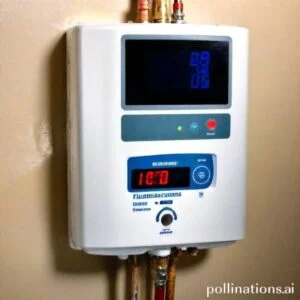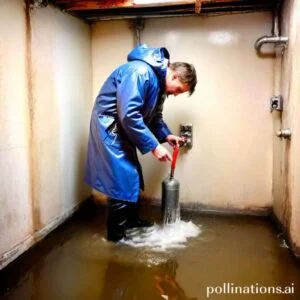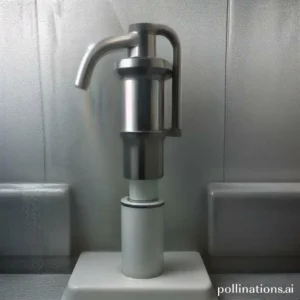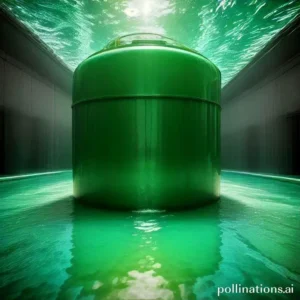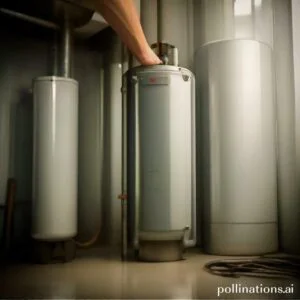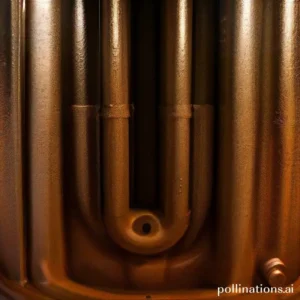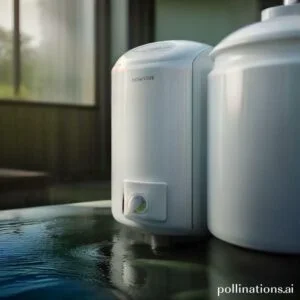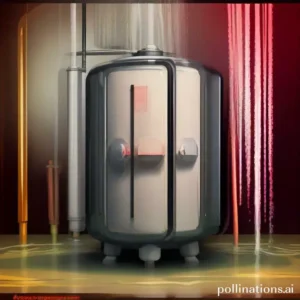
II. Flushing removes sediment buildup that can cause corrosion and reduce the heater’s ability to heat water.
III. Flushing should be done annually or biannually depending on the level of sediment buildup in your area’s water supply.
Flushing your water heater regularly is an important maintenance task that many homeowners overlook. By removing sediment and mineral buildup, you can improve the performance and extend the lifespan of your water heater.
We will guide you through the steps to safely and effectively flush your water heater, ensuring that you can enjoy hot water efficiently for years to come.
Comprehending Water Heater Flushing
Water heater flushing is a crucial maintenance task that involves removing sediment and mineral buildup from the tank of a water heater. Over time, mineral deposits and sediment can accumulate at the bottom of the tank, reducing the efficiency and lifespan of the appliance. Flushing the water heater helps to ensure optimal performance and prolong its lifespan.
What is water heater flushing?
Water heater flushing is the process of draining and cleaning the tank of a water heater to remove sediment and mineral buildup. This is typically done by attaching a hose to the drain valve of the water heater and allowing the water to flow out until it runs clear.
Why is it necessary?
Flushing your water heater is necessary to prevent the buildup of sediment and mineral deposits, which can affect the efficiency of the appliance. When sediment accumulates at the bottom of the tank, it acts as an insulator, causing the burner or heating element to work harder to heat the water. This not only wastes energy but also shortens the lifespan of the water heater.
How often should it be done?
The frequency of water heater flushing depends on the hardness of your water and the size of your household. In general, it is recommended to flush the water heater at least once a year. Despite this, if you live in an area with particularly hard water or have a larger household, more frequent flushing may be necessary.
Tools required for flushing
Flushing your water heater requires a few tools and materials:
| 1. Garden hose: | A hose is needed to drain the water heater. |
| 2. Bucket: | A bucket can be useful for collecting the drained water and sediment. |
| 3. Adjustable wrench: | An adjustable wrench is needed to open and close the drain valve. |
Regular water heater flushing not only improves the efficiency and lifespan of the appliance but also ensures that you have access to clean and hot water when needed. By heeding the proper flushing procedure and using the necessary tools, you can maintain your water heater and avoid potential issues caused by sediment buildup.
Steps for DIY Flushing
In terms of maintaining your plumbing system, knowing how to flush your tank is an essential skill. Flushing your tank regularly helps remove sediment buildup and ensures the longevity of your water heater. Follow these simple steps to perform a DIY flushing:
1. Turn off the power supply
Start by turning off the power supply to your water heater. This step is crucial to prevent any accidents or electric shocks during the flushing process.
2. Turn off the cold water supply
Locate the cold water supply valve connected to your water heater and turn it off. This valve controls the flow of water into the tank, and shutting it off will prevent any water from entering during the flushing.
3. Connect a hose to the drain valve
Find the drain valve located at the bottom of your water heater and connect a hose to it. Make sure the other end of the hose is placed in a suitable drainage area or a floor drain.
4. Open the pressure relief valve
Open the pressure relief valve on your water heater to release any built-up pressure inside the tank. This step ensures a smooth and effective flushing process.
5. Open the drain valve
Now, open the drain valve slowly and allow the water to flow out through the hose. This step will help flush out any sediment or debris that has accumulated at the bottom of the tank.
6. Flush the tank
Let the water flow through the tank for a few minutes, ensuring a thorough flushing. The rushing water will carry away any remaining sediment, leaving your tank clean and efficient.
7. Refill the tank
Once the flushing is complete, close the drain valve and disconnect the hose. Turn on the cold water supply valve to refill the tank. Take note of any unusual noises or leaks, which may indicate a problem with your water heater.
8. Turn on the power supply
Finally, turn on the power supply to your water heater. Make sure it is properly connected and functioning. Check for any error codes or malfunctions that may require further attention.
Signs That Your Water Heater Needs Flushing
Relating to your water heater, it’s important to pay attention to signs that indicate it may need flushing. Flushing your water heater regularly is essential to maintain its efficiency and prolong its lifespan. Here are some key signs that it’s time to flush your water heater:
1. Decreased Hot Water Supply
If you notice a gradual decrease in the amount of hot water available for your daily needs, it could be a sign that your water heater needs flushing. Over time, sediment and mineral deposits can accumulate at the bottom of the tank, reducing its capacity and efficiency.
2. Strange Noises Coming from the Tank
Unusual noises such as popping, cracking, or rumbling sounds coming from your water heater tank can indicate a buildup of sediment. As the sediment is heated, it creates pockets of air that cause these noises. Flushing the tank can help remove the sediment and eliminate the noise.
3. Rust-Colored Water
If you notice rusty or discolored water coming from your hot water taps, it could be a sign of corrosion inside your water heater tank. Flushing the tank can help remove the rust and ensure clean, clear water for your daily use.
4. Foul Odor from the Water
A foul smell or rotten egg odor coming from your hot water can be a result of bacteria growth inside the water heater tank. Flushing the tank can help eliminate the bacteria and improve the smell and taste of your hot water.
5. Higher Energy Bills
If you’ve noticed an increase in your energy bills without any other explanation, it could be due to an inefficient water heater. Sediment buildup can cause your water heater to work harder and consume more energy to heat the water. Flushing the tank can improve its efficiency and lower your energy bills.
Regularly flushing your water heater is essential to maintain its performance and ensure clean, hot water for your daily needs. If you notice any of these signs, it’s recommended to schedule a flushing service to keep your water heater in optimal condition.

Precautions to Take When Flushing a Water Heater
Flushing a water heater is an essential maintenance task that helps to prolong its lifespan and ensure optimal performance. Although, integral to take certain precautions to ensure safety and prevent any mishaps. Here are some key precautions to follow when flushing a water heater:
1. Turn off the power supply
Prior to starting the flushing process, it is crucial to turn off the power supply to the water heater. This will help prevent any electrical accidents and ensure your safety throughout the procedure.
2. Turn off the cold water supply
Before proceeding with the flushing, make sure to shut off the cold water supply to the water heater. This will prevent any new water from entering the tank in the course of you are in the process of flushing out the old water.
3. Wait for the water to cool down
Allow sufficient time for the water inside the heater to cool down before initiating the flushing process. Hot water can cause burns and injuries, so integral to exercise caution and wait until the water is at a safe temperature.
4. Wear protective gear
When flushing a water heater, it is advisable to wear protective gear such as gloves and safety goggles. This will provide an extra layer of protection against any potential accidents or splashes during the process.
5. Keep children and pets away
Ensure that children and pets are kept at a safe distance from the water heater whilst flushing. This will prevent any accidents or injuries and maintain a secure environment during the maintenance procedure.
| Precautions | Description |
|---|---|
| Turn off the power supply | Prevents electrical accidents |
| Turn off the cold water supply | Prevents new water from entering during flushing |
| Wait for the water to cool down | Avoids burns and injuries |
| Wear protective gear | Provides safety against accidents and splashes |
| Keep children and pets away | Maintains a secure environment during flushing |
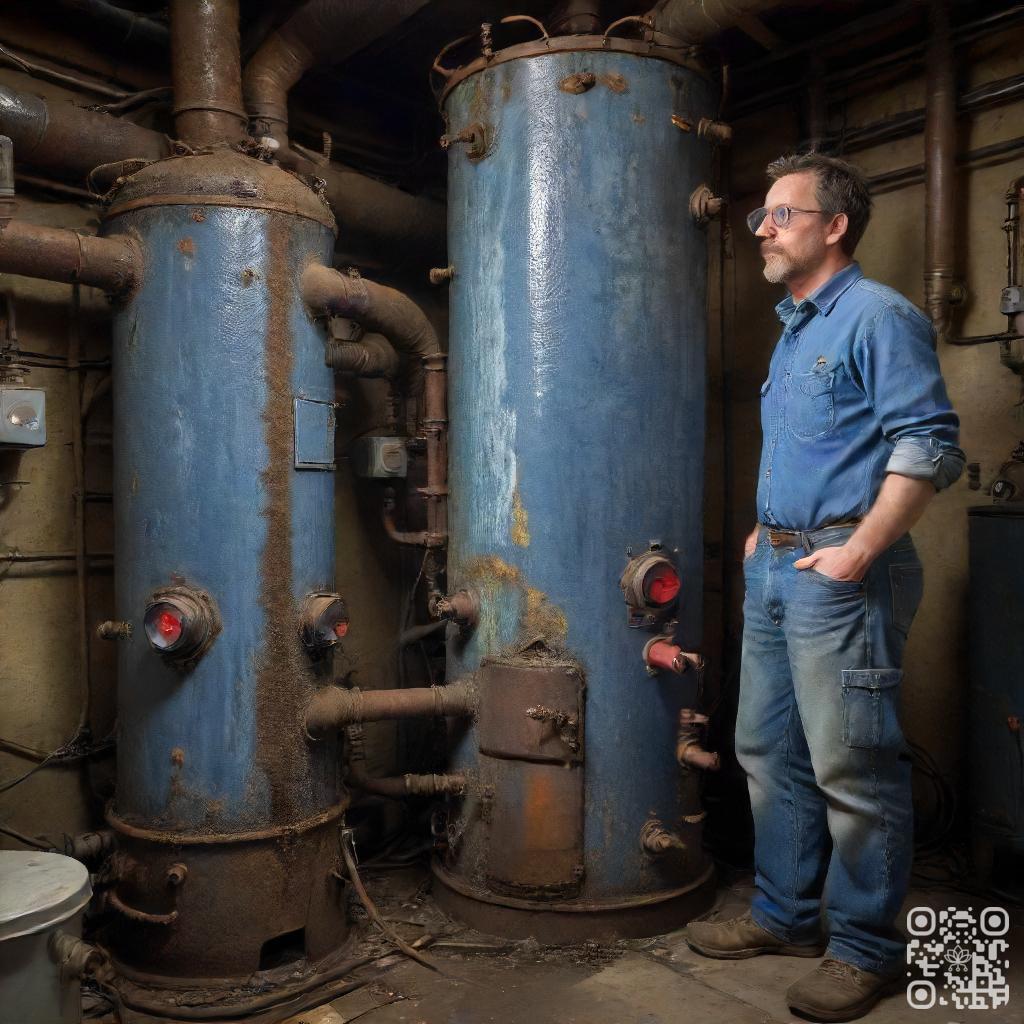
Benefits of DIY Flushing
Flushing your water heater regularly can bring numerous benefits to your home’s efficiency, performance, and overall water quality. By maintaining these DIY steps, you can experience an enhanced water heating system and enjoy the following advantages:
Improved Efficiency and Performance
Regular flushing helps remove sediment and mineral buildup that can accumulate inside your water heater over time. This buildup can hinder the efficiency and performance of your system, causing it to work harder and use more energy. Flushing your water heater allows for better heat transfer, ensuring that it operates at its optimal efficiency and provides consistent hot water.
Increased Lifespan of the Water Heater
Lower Energy Bills
A well-maintained water heater operates more efficiently, consuming less energy to heat the water. Flushing removes the sediment that can act as an insulating barrier between the heating element and the water, allowing the system to heat the water more effectively. As a result, you can enjoy lower energy bills and save money on your monthly utility expenses.
Cleaner and Healthier Water Supply
Flushing your water heater regularly helps to eliminate any accumulated debris, rust, or bacteria within the tank. This ensures that the water flowing into your home is cleaner and healthier. By removing these contaminants, you can have peace of mind knowing that your water supply is free from impurities and safe for various uses such as drinking, cooking, and bathing.
| Benefit | Description |
|---|---|
| Improved Efficiency and Performance | Removal of sediment and mineral buildup ensures optimal heat transfer. |
| Increased Lifespan of the Water Heater | Prevents corrosion and damage, extending the lifespan of the water heater. |
| Lower Energy Bills | Enhanced efficiency leads to reduced energy consumption and lower bills. |
| Cleaner and Healthier Water Supply | Eliminates debris, rust, and bacteria for a cleaner and safer water supply. |
Bottom Line
Flushing your water heater is a simple and cost-effective DIY task that can improve its efficiency and prolong its lifespan. Regular flushing can remove sediment buildup, prevent corrosion, and reduce energy consumption. It is recommended to flush your water heater at least once a year, or more frequently if you have hard water or notice signs of reduced performance. Before flushing, turn off the power and water supply, and follow the manufacturer’s instructions or consult a professional if you are unsure. With a few basic tools and some patience, you can keep your water heater running smoothly and save money on your energy bills.
Remember, neglecting your water heater can lead to costly repairs or replacement, and even pose a safety hazard. Don’t wait until it’s too late – make flushing a part of your routine maintenance and enjoy the benefits of a more efficient and reliable water heater.
Read More:
1. How Does Flushing Affect Water Heater Sediment Filter?
2. Flushing For Better Water Heater Temperature Control
